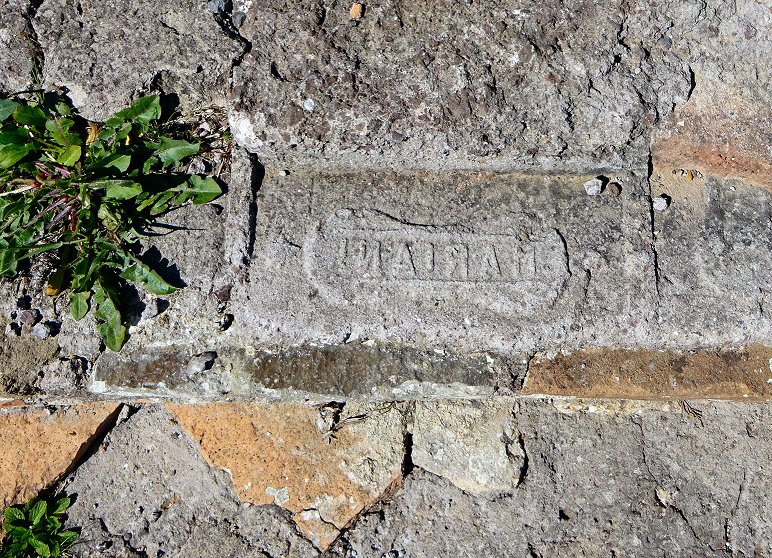

Figure 1: The impression of the MARIANI brick stamp in the Temple of the Ship Carpenters.
Later that afternoon, our interest
rose to a high level. While we were inspecting the Mithraeum of Fructosus,
located south of the Decumanus Maximus, we encountered the same brick stamp
again. The Mithraeum of Fructosus has a layout that is slightly different than
the other mithraea in Ostia. The mithraeum is built under the podium of a
temple and the ritual chamber is relatively small. A wall separates the
mithraeum from a fairly large vestibule in front, and a narrow access corridor
passes around the wall and goes down into the mithraeum.
The vestibule of the mithraeum,
today, survives in the remnants of its brick walls. The wall on the north side
of the vestibule is about four feet (1.4 meters) high. On the top of that wall
are several loose bricks with clearly displayed brick stamps. The letters,
again, were MARIANI.
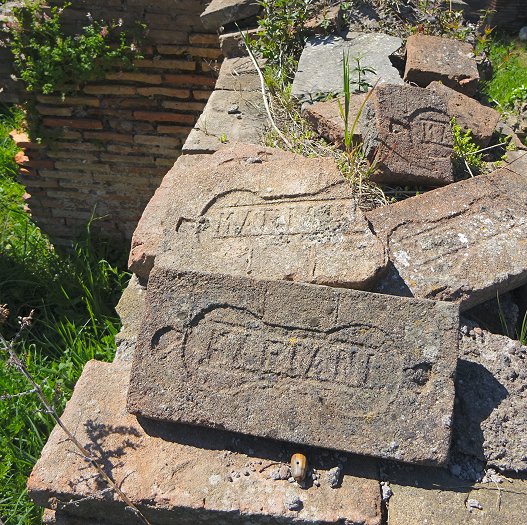
Figure 2: The MARIANI bricks at the Mithraeum of Fructosus.
With that, we became very curious
about these brick, and on our return to the hotel in Rome, we began to search
the lists of ancient Roman brick stamps on the internet. To our dismay, there
was nothing. As far as we could find, there was no record of the MARIANI brick
stamp. How could that be?
A few days later, we had a clue. On
that day, we were walking through Ostia with archeologists Mary Jane Cuyler and
Philipp Markus to see the synagogue on the far southeast corner of the site. On
our way back to the Decumanus, we took the south route along the edge of the
field. I suggested that we take a quick look at the Mithraeum of Fructosus, and
we turned up the Via del Palmerio to the mithraeum.
While we were at the mithraeum, I
remembered the brick stamp matter that had puzzled us. I pointed out the bricks
with the stamps lying on the top of the vestibule wall to Philipp and explained
our dilemma.
Philipp stood there silently for a
minute, carefully surveying the wall of the vestibule. Then, a wry little smile
seemed to come to his face, and he began to explain: "You will notice that
the bricks and masonry of the wall has two distinct layers. The mortar in the
top layer is a darker shade than the lower layer. The bricks, too, are
different in color than the bricks in the lower part of the wall. That suggests
that the wall has been restored recently. Probably in the twentieth century.
The bricks on top are modern bricks, not ancient ones."
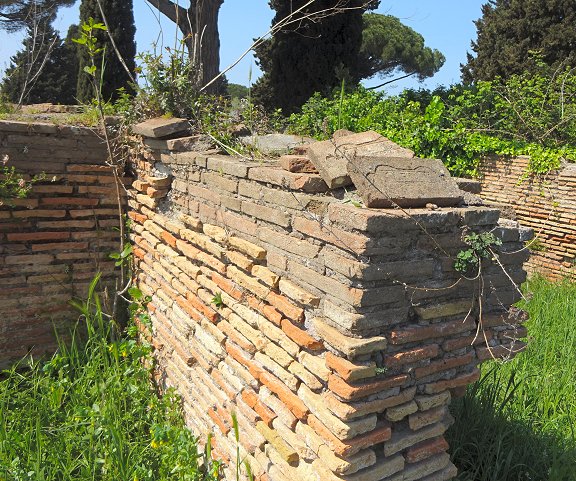
Figure 3: The wall of the vestibule of the Mithraeum
of Fructosus with the MARIANI bricks on top.
That was a little disappointing --
modern bricks from a recent restoration. Yet, it still did not explain much
about the MARIANI brick stamp. So, once we returned to Texas and had a chance
to review the photos of the bricks, we began to delve more deeply into more
recent Italian brick manufacturing.
It turns out that the Mariani
bricks were made near Rome. The Mariani brick factory (Fornace Mariani) was
situated on the west side of the Tiber River about fifteen kilometers north of
the Forum Romanum in the Castel Giubileo area. The kiln operated from about the
1940's until the early 1970's. After the factory closed, it became somewhat
famous in the Italian cinema industry as a site location for several crime
movies, including: Il trucido e lo sbirro (1976), Squadra antiscippo (1976),
Squadra antifurto (1976), Paura in cittą (1976), Il grande racket (1976),
Squadra antitruffa (1977), La banda del gobbo (1977), Quel maledetto treno
blindato (1978), Speed Cross (1980) and Il giorno del cobra (1980)1.
The ruins of the Mariani factory
can still be seen from the bike trail along the Tiber near the Castel Giubileo
bridge (Pista Ciclabile Ponte Milvio-Castel Giubileo). The closest access to
the trail is across the street from Via del Ponte di Castel Giubileo, 29, and
the ruins are about 100 meters to the south2.
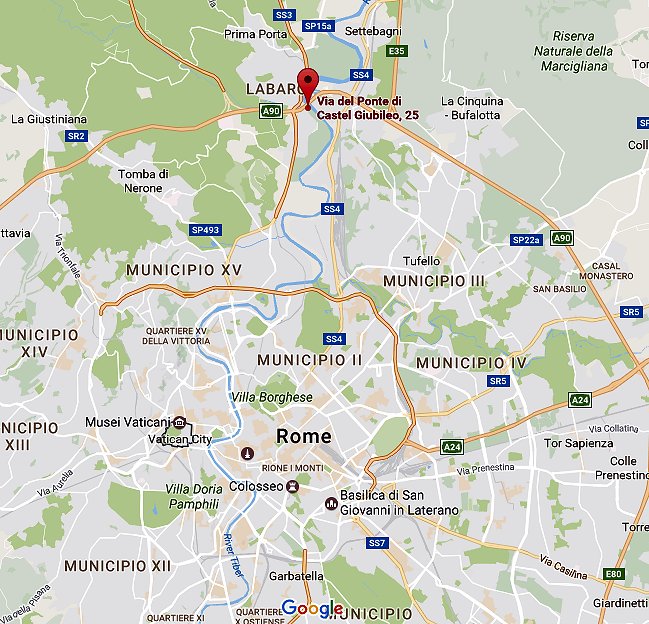
Figure 4: The Mariani brickworks were located north of
the Forum Romanun.
The dates in which the Mariani
factory was in operation correspond well to one period of restorations in
Ostia. These restorations can be identified by the small plaques that were
placed on the reconstructed walls. One example marks the restorations that were
done in 1962.
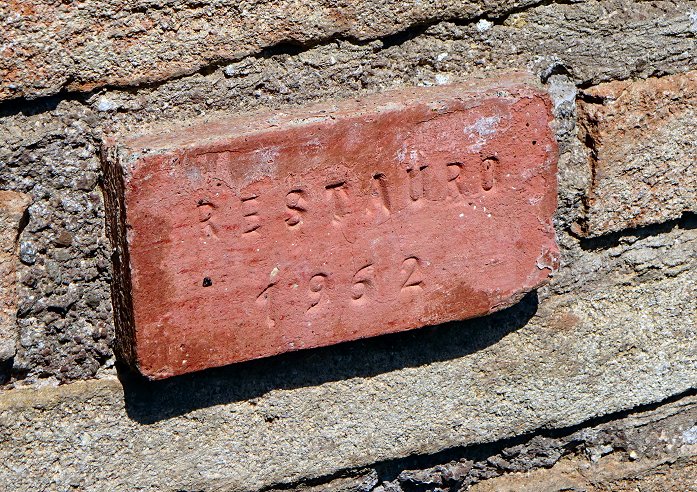
Figure 5: Plaque indicating the date of the restoration of a structure in Ostia.
Much of the fascination with Ostia
and its fabulous ruins comes from the ability to recognize different building
phases from the construction materials and techniques used. Although we know
that there were a number of restorations and reconstructions of the structures
in Ostia during antiquity, we should also be aware that restorations occurred
in the twentieth century. We can see the signs of those modern activities if we
are observant.
Footnotes
1 "La Fornace Di Castel Giubileo." Il Davinotti, accessed June 13, 2017,
http://www.davinotti.com/index.php?option=com_content&task=view&id=280
2 "Pista ciclabile / Ciminiera della vecchia fornace Mariani." FZ Foto, accessed June 15, 2017,
http://foto.zellini.org/pista-ciclabile-tevere-nord-castel-giubileo/ciminiera-della-vecchia-fornace-mariani-dalla-pista-ciclabile